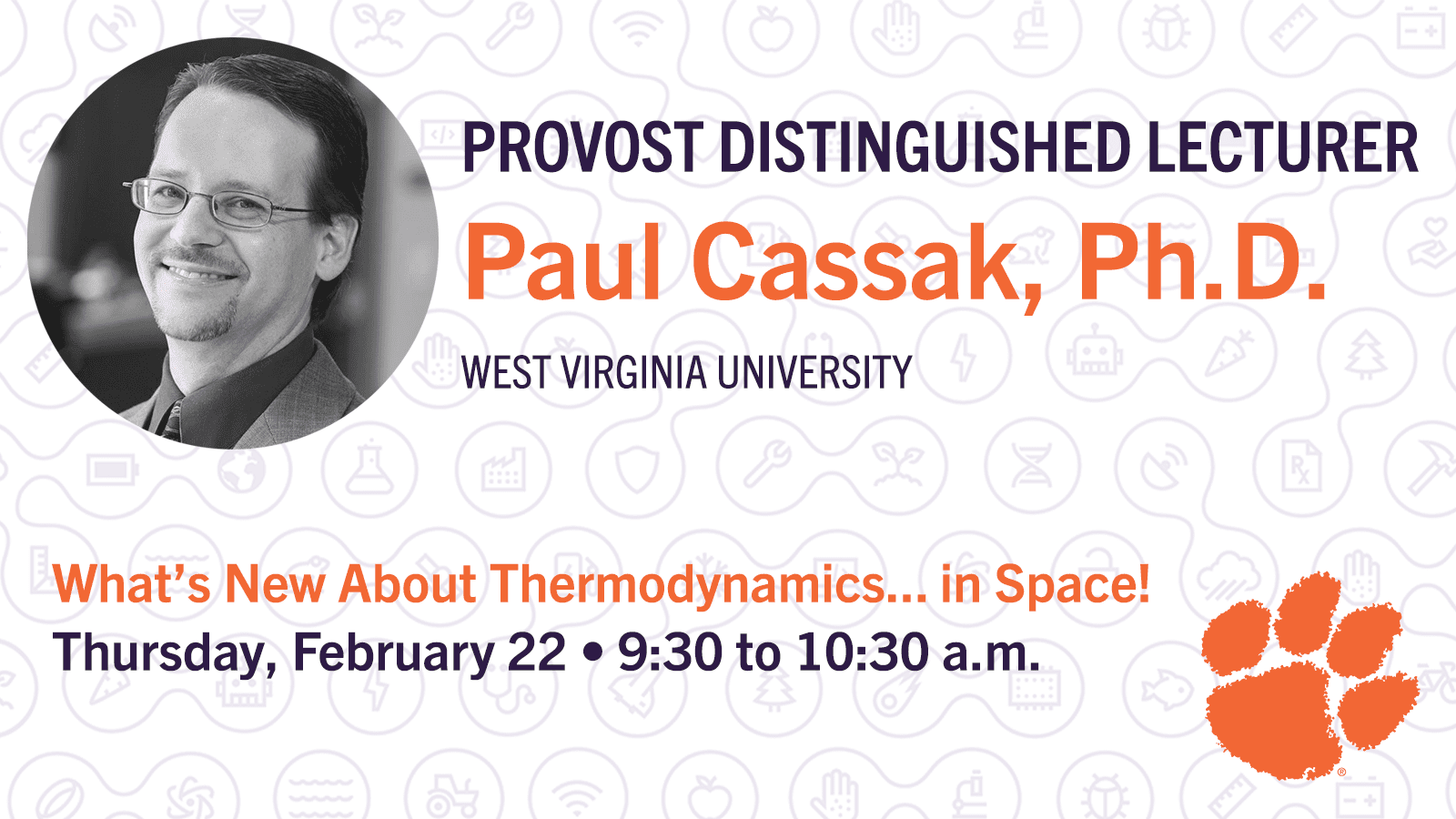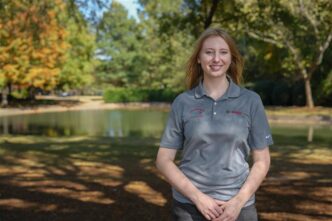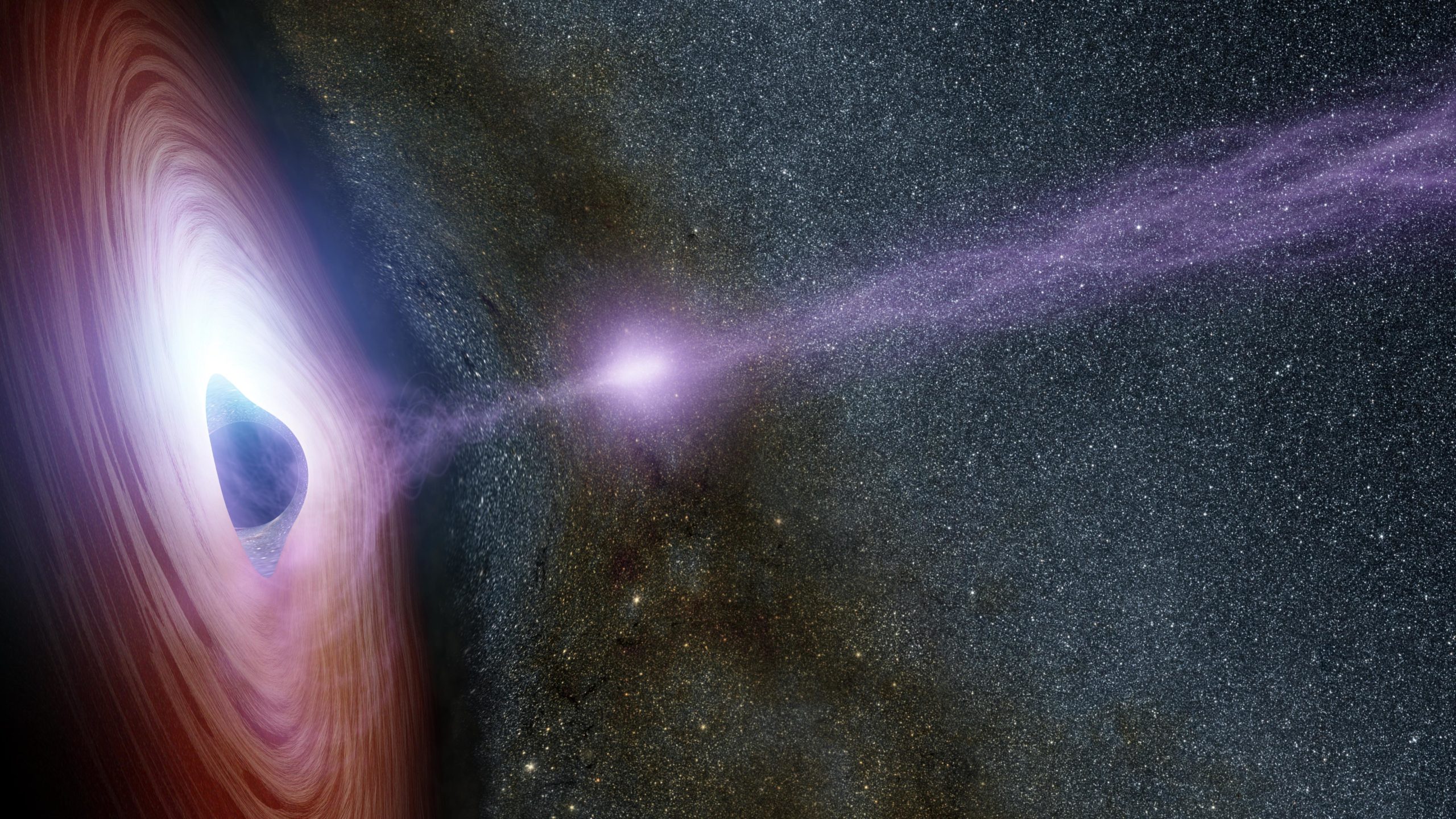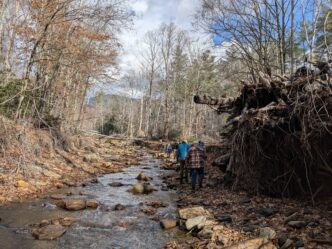
Clemson University’s Office of the Provost and the College of Science are proud to host Paul Cassak as a Provost Distinguished Lecturer on Thursday, Feb. 22. Cassak is a professor at West Virginia University in the Department of Physics and Astronomy and the associate director of the West Virginia University Center for KINETIC Plasma Physics. He will address the topic, “What’s New About Thermodynamics… in Space!”
What’s New About Thermodynamics… in Space!

Thursday, February 22 | 9:30 a.m. to 10:30 a.m.
Watt Family Innovation Center Auditorium
No registration required.*
*Accommodations are available by request.
Please contact Berinthia Allison at balliso@clemson.edu
by 4:30 p.m. EST on Wednesday, February 14, to help ensure availability.
The space making up the solar system isn’t empty. It is a harsh environment containing a superheated gas called plasma, constantly spewed from the sun in every direction. It is increasingly important to understand our space environment because the footprint of humans in space is ever-expanding. Near-Earth space significantly impacts our day-to-day lives, including the satellites needed to make GPS available on our cell phones and military and commercial satellite communication.
Scientists aim to understand what makes the plasma in space so hot, how it transmits its energy to near-Earth space, and how to predict solar eruptions – the most energetic events in the solar system that can wreak havoc on satellites. Fortunately, NASA launches state-of-the-art satellites into space to directly measure the plasma where it is, including the 2015 Magnetospheric Multiscale (MMS) mission that has revolutionized our ability to measure the plasma in space, allowing physicists to ask fundamental questions about how the plasmas act.
In this talk, Cassak argues that the age-old first law of thermodynamics describes only part of the story of plasmas in space and describes a recent breakthrough to extend it. In addition to applications in space, the results may be helpful in other fields, including quantum computing, chemistry, biology and astronomy.
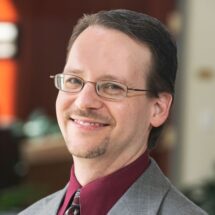
Paul Cassak is a professor in the Department of Physics and Astronomy at West Virginia University and the associate director of the WVU Center for KINETIC Plasma Physics. His Ph.D. was from the University of Maryland, College Park, and his Master of Science was from the University of Wisconsin, Madison. He is a theoretical and computational space plasma physicist, focusing on fundamental plasma physics and applications to the sun and Earth’s magnetic environment.
He is a James B. Macelwane Medal winner and a Fellow of the American Physical Society and the American Geophysical Union. He has won college awards in research, teaching, and public service/outreach, the latter for his partnership with Spark! Imagination and Science Center. He has served the research community in several leadership roles, including space science policy.

